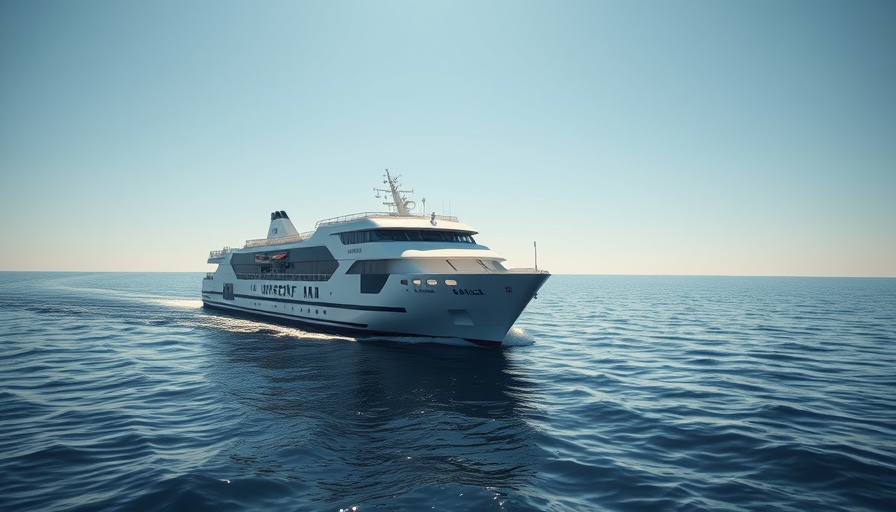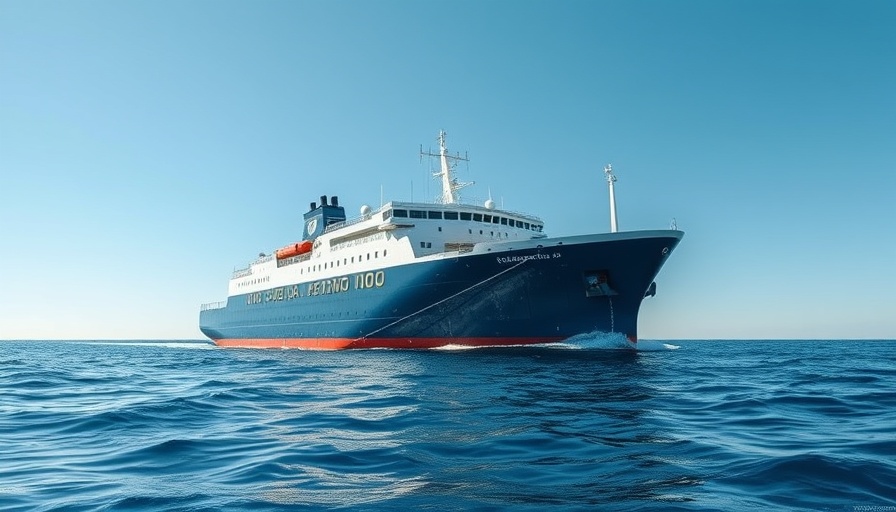
Denmark’s Green Maritime Leap with Zero-Emission Tug
The Danish maritime landscape is witnessing a revolutionary shift thanks to the innovative delivery of the nation’s first fully electric tugboat, the SVITZER INGRID, by Türkiye’s esteemed Sanmar Shipyards. Unveiled in a ceremony attended by Her Majesty Queen Mary in Copenhagen, this vessel marks not only a pivotal moment for Svitzer but also represents a significant stride toward sustainability in the shipping industry.
Introducing the SVITZER INGRID: A Game-Changer
At 25.4 meters long with a 12.86-meter beam and 5.40-meter draft, the tug is engineered for efficient and eco-conscious operations. It boasts an impressive 1,808 kWh battery capacity, allowing it to perform about 90% of its operations using battery power. This is designed to drastically reduce CO2 emissions in the Øresund region, cutting down between 600 to 900 tonnes annually compared to conventional tugs—an impressive feat in the face of a global push for cleaner technologies.
Echoes of Tradition: Naming the Tug
The name, SVITZER INGRID, not only resonates with maritime traditions but also pays homage to Queen Ingrid, adding a regal touch to its identity. Such traditions are pivotal in maritime culture, acting as a bridge between history and modern innovation.
The Era of Decarbonization in Shipping
As the maritime industry grapples with the pressing need for decarbonization, Sanmar has established itself as a leader by producing more than half of the world’s all-electric tugboats. With nine zero-emission vessels already delivered across various countries—including Canada, Chile, and Norway—Sanmar's innovation is pivotal to a greener future for maritime transport. Six more electric vessels are currently under construction, demonstrating an unwavering commitment to environmental stewardship.
Renewable Energy and Quick Recharging Times
Challenging the perceptions of battery-powered ships, the SVITZER INGRID can be charged within an hour using renewable shore power, showcasing not only efficiency but also the viability of electric vessels in practical operations. This operational ease of transitioning to electric is a crucial selling point as industries worldwide begin to embrace greener technologies.
Industry Implications: What This Means for the Future
Sanmar’s latest delivery is not just a new addition to Svitzer’s fleet; it represents a crucial pivot toward an environment where maritime operations are less taxing on our planet. Shipping entities are under mounting pressure to adapt to greener solutions. Not having a zero-emission strategy could become increasingly untenable for companies looking to remain competitive as regulations tighten and public expectations shift.
Drawing Parallels: Global Trend towards Electric Vessels
This transition is not unique to Denmark. Similar vessels are being introduced globally, from Norway’s electric ferries to fully electric cargo ships in Asia. As these examples show, the maritime industry’s future will likely revolve around cleaner energy sources, with Sanmar at the forefront.
Conclusion: A Call for Action in Maritime Innovation
The successful launch of the SVITZER INGRID serves as a rallying cry for the maritime industry: it’s time to embrace electric solutions that not only set new standards for operation but also safeguard the environment for future generations. As the maritime world continues to navigate the challenges of climate change, innovations like this tugboat must become the norm rather than the exception. By supporting and investing in these initiatives, stakeholders can contribute to a more sustainable future.
 Add Row
Add Row  Add
Add 




Write A Comment